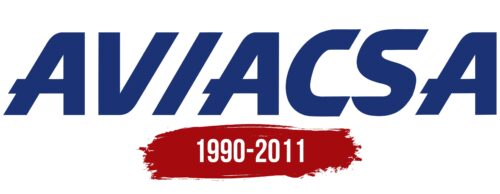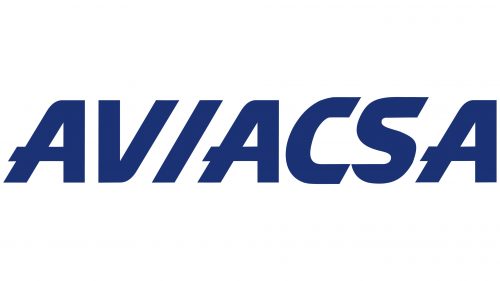Aviacsa: Brand overview
The airline was founded in Mexico on May 5, 1990, by Andres Fabre and a group of local investors. They aimed to improve air travel by focusing on customer service and making flights more accessible nationwide.
The company began flying with a few Boeing 727 planes in its early days and quickly set up routes connecting big cities like Mexico City, Guadalajara, and Monterrey. The airline stood out by offering things like a frequent flyer program and better food on flights, which were new ideas in Mexico at the time.
It grew rapidly throughout the 1990s and moved to newer, more efficient Boeing 737 and 757 aircraft, which helped it begin flying into the United States and Central America. This expansion turned it into a key player in Mexican aviation.
The 2000s brought growth and, at the same time, problems. Mexico’s economy was doing well, which helped it grow. Competition increased, costs went up, and there were new economic worries. By 2006, the company flew over 5 million passengers a year to more than 30 places from its base in Mexico City.
But the late 2000s were tough. Rising fuel prices and fierce competition hurt the company. The 2008 global financial crisis worsened matters: Fewer people could afford to fly, and it became more difficult to manage their debts. Despite attempts to resolve financial problems, problems continued.
After 21 years, the airline had to stop flying on May 4, 2011. Financial issues and disputes with regulators were too much to overcome. She was a leader in customer service and frequent flyer programs that helped shape Mexico’s airline industry after deregulation.
Meaning and History
What is Aviacsa?
It was a former Mexican low-cost airline based in Mexico City. It offered regular passenger services to various destinations within the country and neighboring regions. The company operated a fleet of narrow-body aircraft, such as the Boeing 737 and Fokker 100, configured for economical and efficient operations, allowing it to offer competitive ticket prices.
1990 – 2011
The logo of the now-defunct Mexican airline carried the name under which it operated from 1990 to 2011: ‘AVIACSA.’ The dark blue lettering consisted of straight and diagonal letters. For example, one side of the letters “A” and “V” was vertically aligned. In contrast, the letter “I” was slanted to the right. The designers kept the same angle of the diagonals in the letters “A” and “V” to give the impression that the word is moving forward.
Dark blue symbolizes reliability and professionalism – qualities often valued in the aviation industry. The combination of straight and diagonal letters creates a sense of stability and dynamism, conveying the essence of air transportation.





